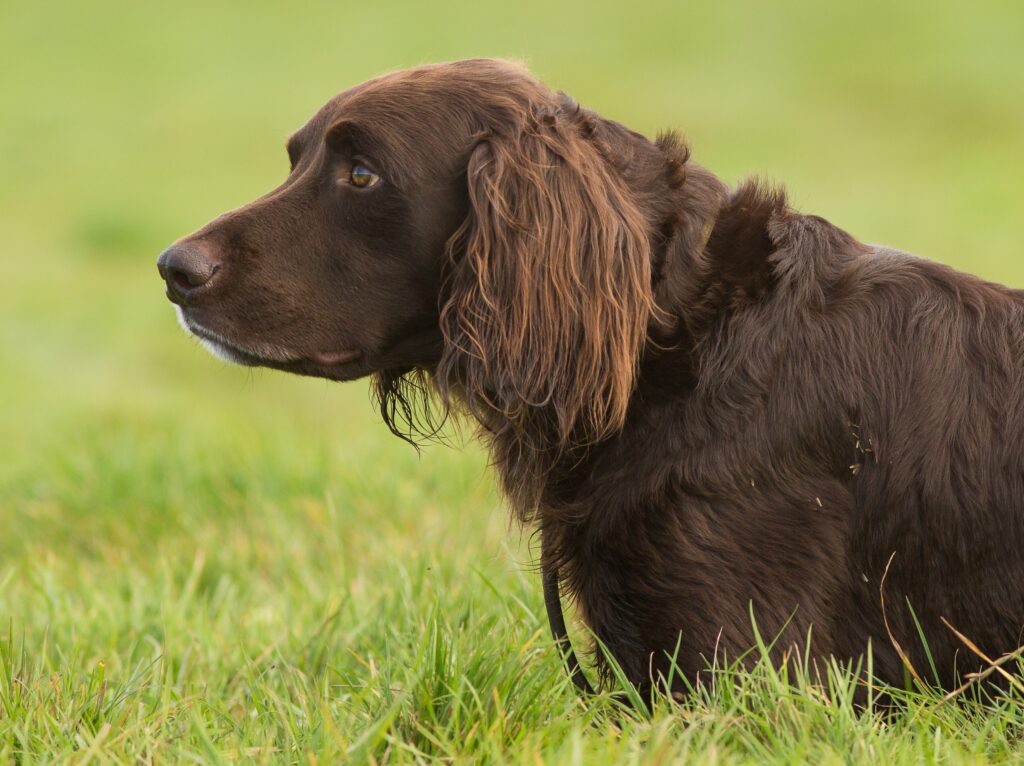The German Pointer is a striking and athletic medium-sized gundog, that thrives on exercise and human companionship.
Originally developed as a hunting dog, this popular breed is built for speed, agility and endurance and has an athletic, clean-cut silhouette. They have moderately long floppy and velvety ears set high on the head, a long, broad muzzle and a sleek but dense coat that comes in various combinations of liver and white. This breed was not only developed to be a hunter but also to suit family life, and as such, loves human company. They are affectionate, eager to please and enthusiastic and get on well with children. Their good nature makes them ideal companions for other dogs, and with early socialisation and training, they will do well with other household pets, who instinctively they will want to chase (albeit harmlessly). German Pointers are a high-energy breed and need plenty of exercise – over 2 hours per day. Their hunt, point and retrieve instincts may kick in when they are outdoors, and for this reason, they need to be trained well for recall. Luckily, their eagerness to please coupled with their intelligence makes them fairly easy to train. This dog makes an excellent pet for active individuals and families who will enjoy its boundless energy, enthusiasm and devotion.
History



Bred as all-purpose hunters, the history of the German Pointer dates back to the 1600s when it is thought that the Spanish pointer was crossed with hounds and tracking dogs to create a dog that could hunt, point and retrieve (HPR). By the 1800s the German Pointer was established becoming one of the most popular HPR breeds.






